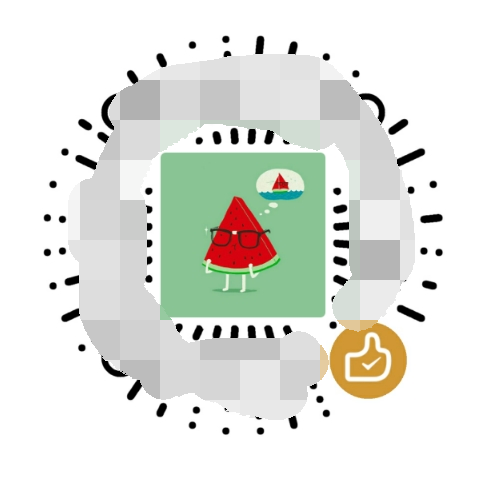AI Projects for Middle School Students: A Comprehensive Guide
Are you a middle school student looking to dive into the world of artificial intelligence? If so, you've come to the right place. In this article, we'll explore a variety of AI projects that are perfect for young learners. Whether you're interested in coding, robotics, or data analysis, there's something here for everyone. Let's get started!
Understanding AI
Before we dive into the projects, it's important to have a basic understanding of what AI is. AI, or artificial intelligence, refers to the simulation of human intelligence in machines that are programmed to think like humans and mimic their actions. This can include tasks such as visual perception, speech recognition, decision-making, and language translation.
One way to get a grasp on AI is by exploring some of the key concepts and technologies behind it. Here are a few to keep in mind:
- Machine Learning: This is a subset of AI that focuses on building algorithms that can learn from and make predictions or decisions based on data.
- Natural Language Processing (NLP): NLP is the ability of computers to understand, interpret, and generate human language.
- Computer Vision: This involves the ability of computers to interpret and understand visual information from the world around them.
AI Projects for Middle School Students
Now that we have a basic understanding of AI, let's explore some projects that you can undertake. These projects are designed to be accessible to middle school students and can be completed with a variety of tools and resources.
1. AI Chatbot
An AI chatbot is a program that can simulate conversations with humans. This project involves using a programming language like Python and a library like ChatterBot to create a chatbot that can answer questions and engage in conversations.
Here's a brief overview of the steps involved:
- Set up your development environment with Python and ChatterBot.
- Train your chatbot using a dataset of questions and answers.
- Test your chatbot to ensure it's functioning correctly.
2. Image Recognition
Image recognition is a field of AI that involves teaching computers to identify and classify objects in images. For this project, you can use a library like OpenCV to create an application that can recognize and label objects in images.
Here's a brief overview of the steps involved:

- Set up your development environment with Python and OpenCV.
- Train your model using a dataset of labeled images.
- Test your model to ensure it's accurately recognizing objects.
3. Sentiment Analysis
Sentiment analysis is the process of determining whether a piece of text is positive, negative, or neutral. This project involves using a library like NLTK to analyze the sentiment of tweets or reviews.
Here's a brief overview of the steps involved:

- Set up your development environment with Python and NLTK.
- Collect a dataset of tweets or reviews.
- Train your model using the dataset.
- Test your model to ensure it's accurately analyzing sentiment.
4. AI Art Generator
This project involves using a library like TensorFlow.js to create an AI art generator. The generator will use a neural network to generate new images based on a style and content provided by the user.
Here's a brief overview of the steps involved:
- Set up your development environment with Node.js and TensorFlow.js.
- Train your model using a dataset of images.
- Develop a web application that allows users to input style and content to generate new images.
5. AI Music Generator
This project involves using a library like TensorFlow.js to create an AI music generator. The generator will use a neural network to generate new music based on a style and genre provided by the user.
Here's a brief overview of the steps involved:
- Set up your development environment with Node.js and TensorFlow.js.
- Train your model using a dataset of music.
- Develop a web application that allows users to input style and genre to generate new









